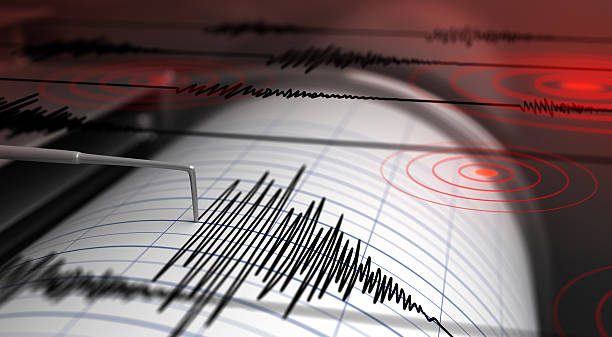

INTRODUCTION
Retrofitting Reinforced Concrete (RC) frames using internal steel braces is suitable for maintaining or improving seismic performance. Internal steel bracing is placed inside the RC frame and is connected to the beam and column members directly to transfer the forces. They also help to increase the stiffness of the building, especially in the case of the Open Ground Story frame, where the stiffness irregularity is present due to the absence of a masonry wall on the ground floor.
However, for the steel braces to develop the desired performance as a part of the retrofitting scheme, the connection between steel and RC plays a crucial role. Currently, a well-defined procedure for designing these connections does not exist and the limited guidelines might result in over-designed connections leading to higher redundancy or maybe under-designed, which can lead to premature failure of the connections.[1,2] These anchors at the beam-column joint are subjected to combined tension and shear loading while transferring the axial forces from the brace. The failure modes of anchor in tension include steel failure, concrete pull-out, concrete breakout, bond failure and concrete splitting. In shear, the failure modes have been identified as steel failure, concrete pry-out and concrete breakout. As can be observed, failure in concrete is mostly the governing mode and it is necessary to check the quality and strength of existing concrete before selecting anchors for connections.
To view the whole Article click on "View PDF" button provided below :